If you are looking wholesale lighting solutions, click here.
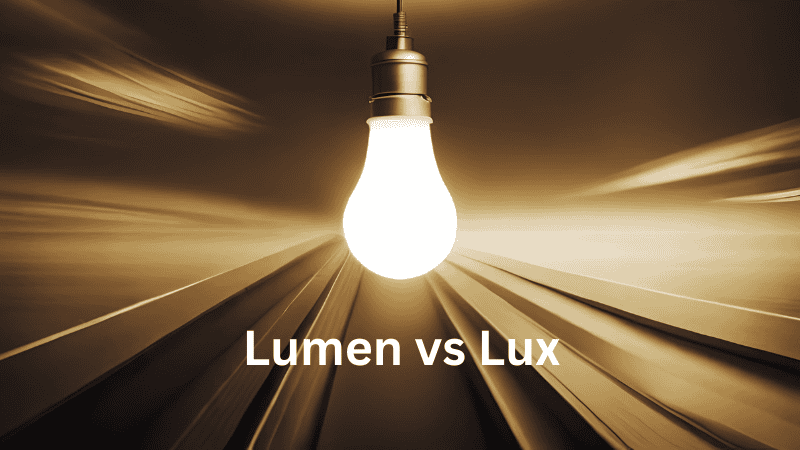
Do you install bright lights, but the room still feels dim? For effective and smarter lightning decisions, it’s essential to understand lux vs lumens.
It helps you to decide which lighting fixture is better for your warehouse, office, or retail space lighting. Lumens and lux are both terms used to measure light in different ways. Our guide will help you clarify the confusion.
Luminous flux measures the total visible light emitted by a source, which is measured in lumens. So, lumen (lm) measures the total amount of visible light emitted from a source, regardless of direction. In simple words, it means the total quantity of light your fixture produces.
In everyday life example think of turning on a hose. The total amount of water coming out is like lumens. It doesn’t matter where it goes.
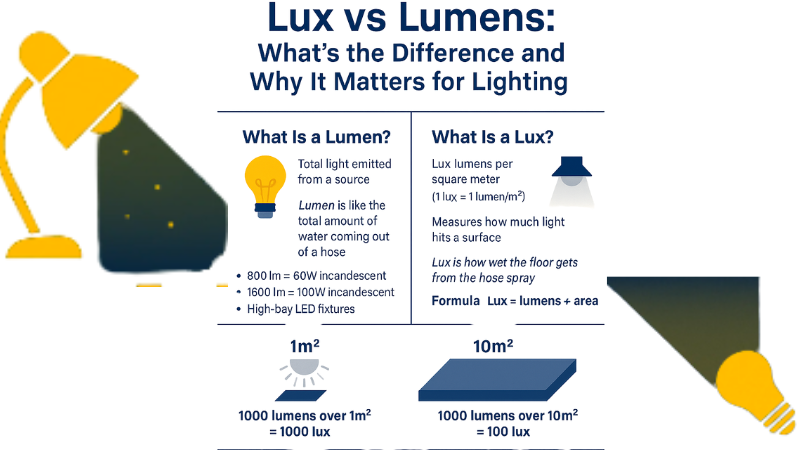
Common bulb lumen outputs:
Buyer’s Tip: If you’re evaluating commercial lighting options, pay close attention to luminous flux or efficacy, measured in lumens per watt (lm/W). This metric tells you the luminous efficacy of a fixture and how it converts electrical energy into visible light.
For example, a high-performance LED fixture with 130 lm/W delivers significantly more light than one with 90 lm/W, even if both consume the same power. This is why lumen output and lm/W are essential considerations for outdoor lighting, large facilities, and energy-conscious buyers.
Lux (lx) is a unit that measures illuminance. It is the amount of light that falls on a surface. Technically, it is specified as one lux = one lumen per square metre (1 lm/m²).
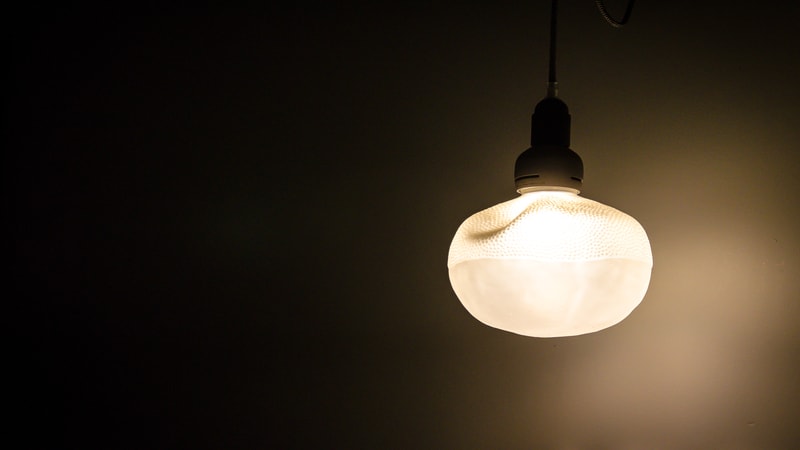
If a light emits 1,000 lumens and is spread evenly over 10 square meters, the surface will receive 100 lux. If lumens are like water coming from a hose, lux is how wet the floor gets. The more concentrated the water, the wetter the spot, just like more focused light increases lux.
To measure lux, you can use this formula:
Lux = Lumens ÷ Area (m²)
With this light measurement formula, you can decide how much lux is needed in a specific area. Lux is critical in environments where lighting impacts performance, safety, and comfort, such as office workstations, warehouses, manufacturing lines, laboratories, and inspection stations.
For optimal visibility and safety of workplaces proper lux level is essential to follow the OSHA light illumination requirements for different applications.
Visual Example:
A 1000-lumen bulb:
Lumen remains the same no matter how much area or distance of a place. On the other hand, distance and area greatly affect lux, even when lumens stay the same.

Lumen output is not always the same. Several factors affect the luminous intensity. Two lights with the same wattage or look cannot produce the same brightness. Here are the factors that you should keep in mind for high illumination:
It is a usual concept that the higher wattage means more light. But it is limited only up to a point. To determine brightness, check the luminous flux emitted rather than just the wattage. A 100W incandescent and a 100W LED use the same energy, but the LED lights produce way more lumens.
Efficiency (lm/W) shows how well a light turns power into brightness. A 130 lm/W fixture produces more light output than one with 90 lm/W. For example, a 2000-lumen light covers more area than a 1000-lumen one. This is important for larger areas or commercial lighting, where energy costs matter.
Not all bulbs produce the same luminance. Different light types produce different lumen levels:
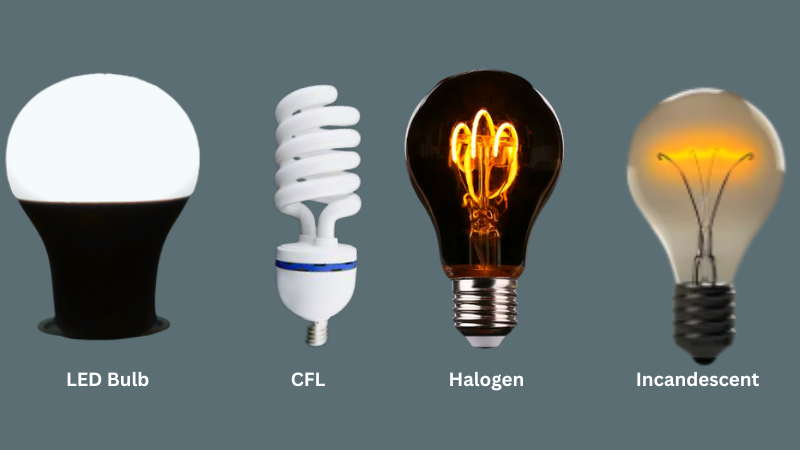
Fixtures that are designed to focus light on a center point emit more lumens than others. Reflectors, diffusers, lens angles, and light distribution can direct light more effectively or even waste it. A light with a focused lens in a certain direction is brighter because more lumens hit the target.
Well-designed fixtures let more light escape. Poor-quality housing or materials can block or absorb light. It cut down the lumen output. In commercial settings, this affects both brightness, color accuracy, and efficiency.
For color accuracy, check if the fixture lists Rf values based on IES TM-30-18, a modern standard that goes beyond traditional CRI.
Heat can also affect how much light is produced and reduce lumen output, especially in LEDs. If the fixture doesn’t cool properly, the light can dim faster over time. Lights with good thermal management keep lumen levels stable.
All light sources dim over time. LEDs usually last longer, but over time, they also lose brightness slowly. A spec like L70 means the fixture will drop to 70% of its original brightness after a certain number of hours (e.g., 50,000 hrs).
Tip: Always check actual lumens, not just wattage or “equivalent” ratings.
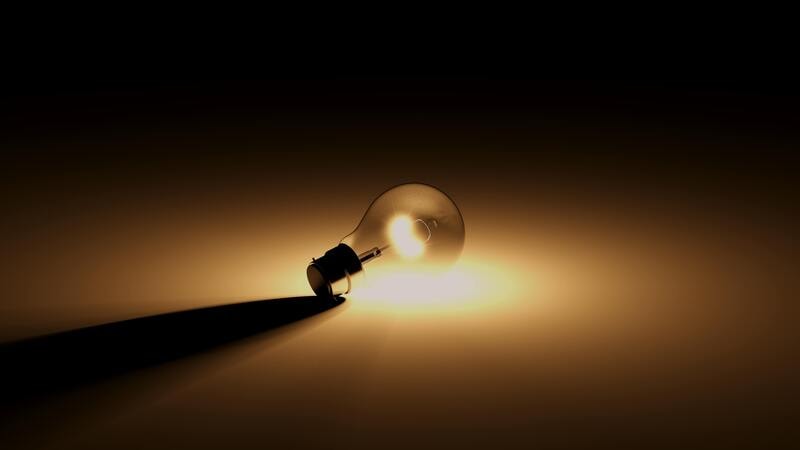
If you want to convert lux to lumens or lumens to lumens, this can be achieved by a simple formula:
For example, if you want 500 lux in a 20 m² room (500 × 20 = 10,000 lumens), you will need 10,000 lumens. With this calculation, you can decide the right lighting for barbershops, showrooms, warehouses, your workspace, or any area where precise illumination matters.
| Application | Recommended Lux |
|---|---|
| Hallways & Corridors | 100 – 200 lux |
| General Office Work | 300 – 500 lux |
| Detailed Drawing / Drafting | 750 – 1,000 lux |
| Warehouses (low activity) | 100 – 200 lux |
| Warehouses (detailed work) | 300 – 500 lux |
| Retail Spaces | 500 – 800 lux |
| Classrooms | 300 – 500 lux |
| Hospitals (General) | 300 – 500 lux |
| Hospital Operating Rooms | 1,000 – 10,000 lux |
| Residential Living Rooms | 100 – 300 lux |
| Kitchen General | 150 lux |
| Kitchen Working Area | 400 lux |
| Bathroom | 150-300 lux |
| Stairs | 100-150 lux |
| Inspection & Quality Control | 1,000+ lux |
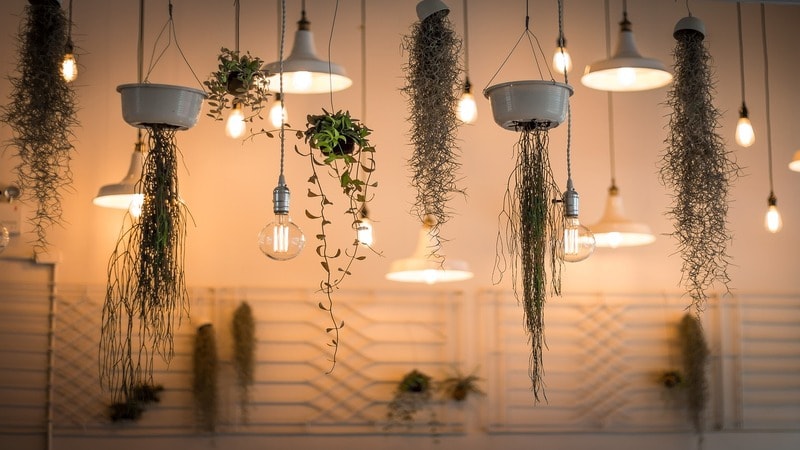
To choose the right lighting for your space, you need to keep several factors. Here is the step-by-step guide for your convenience:
First, identify the type of your space. If it is an office, warehouse, retail store, or workshop. The lighting needs vary depending on how the space is used and the level of visual tasks performed.
Find the appropriate lighting standard for your space from the above lux chart. A lux meter can also identify your needs. It measures light intensity and brightness, which the human eye can’t do.
To find the total lux value for your space, multiply the recommended lux rating by the total area in square meters. This gives you the total number of lumens your lighting system provides (e.g., 500 lux × 20 m² = 10,000 lumens).
Divide the total lumens required by the lumen output of a single fixture. If one fixture emits 2,000 lumens, then you will need 5 to meet a 10,000-lumen requirement. This will help you to decide the lighting requirements for a warehouse, showroom, or any other area.
A light fixture’s technical specs affect its performance. Check the technical specs before purchase:
These factors help you choose lighting large or small area. For optimal lighting solutions, work with your supplier’s lighting engineer for better results.
Better lighting needs proper lux and lumens levels. Lux and lumens requirements for different spaces are different:
Good lighting isn’t just functional for your retail space. It highlights products and boosts sales.
Now that you know, lumen and lux are both essential for smart lighting design. Calculate the right lux and lumens levels for each space. It will help you create a safer, productive, and visually comfortable environment.
At Risuncorp, we specialize in commercial and industrial LED lighting solutions backed by over 15 years of experience. Our fixtures are engineered for optimal lumen output, consistent lux distribution, and long-term reliability.
Ready to plan your next project? Download our latest product catalog or contact us to request a consultation today and get the right lights and lighting solution you need.
Yes,1000 lumens of brightness is enough for a small indoor 5 m² space.
Choose a task lamp or overhead light with at least 500 lx for general work. For more detailed tasks, a 700-1000 lux level is essential with proper natural light balance for eye comfort.
Both. Lumens tell you the output. Lux tells you the light’s effectiveness. For lighting design, lux matters more.
Yes, you can convert lux to lumens with this simple formula: Lux = Lumens / Area (m²)
It is because the light isn’t directed where you need it. Low lux levels can cause this even with high lumens.
Comprehensive Lighting Solutions for MRO Wholesalers and Professionals
send your inquiry
Hi, I'm the author of this post, and I have been in this field for more than 15 years. If you want to wholesale lighting fixtures or lighting related product, feel free to ask me any questions.
Learn More >>Download our catalog to view all of our lighting products.
Ready to get started ?
Send Your InquiryOur team will get back to you promptly

please
download
Get notified about new products
Our team will get back to you promptly!
Add your first comment to this post